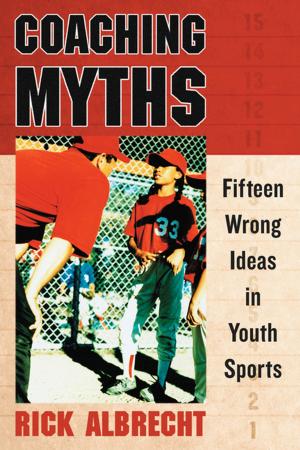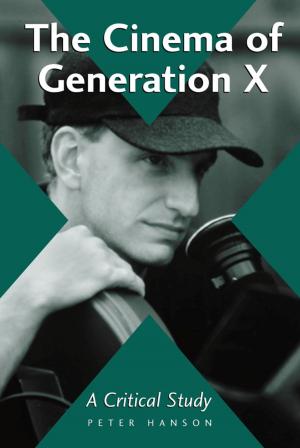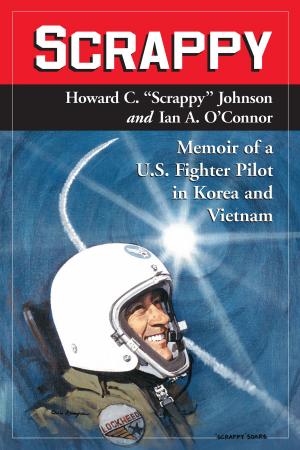The Fantasy Role-Playing Game
A New Performing Art
Nonfiction, Social & Cultural Studies, Social Science, Cultural Studies, Popular Culture, Entertainment, Games, Performing Arts| Author: | Daniel Mackay | ISBN: | 9780786450473 |
| Publisher: | McFarland & Company, Inc., Publishers | Publication: | August 11, 2017 |
| Imprint: | Language: | English |
| Author: | Daniel Mackay |
| ISBN: | 9780786450473 |
| Publisher: | McFarland & Company, Inc., Publishers |
| Publication: | August 11, 2017 |
| Imprint: | |
| Language: | English |
Many of today’s hottest selling games—both non-electronic and electronic—focus on such elements as shooting up as many bad guys as one can (Duke Nuk’em), beating the toughest level (Mortal Kombat), collecting all the cards (Pokémon), and scoring the most points (Tetris). Fantasy role-playing games (Dungeons & Dragons, Rolemaster, GURPS), while they may involve some of those aforementioned elements, rarely focus on them. Instead, playing a fantasy role-playing game is much like acting out a scene from a play, movie or book, only without a predefined script. Players take on such roles as wise wizards, noble knights, roguish sellswords, crafty hobbits, greedy dwarves, and anything else one can imagine and the referee allows. The players don’t exactly compete; instead, they interact with each other and with the fantasy setting. The game is played orally with no game board, and although the referee usually has a storyline planned for a game, much of the action is impromptu. Performance is a major part of role-playing, and role-playing games as a performing art is the subject of this book, which attempts to introduce an appreciation for the performance aesthetics of such games. The author provides the framework for a critical model useful in understanding the art—especially in terms of aesthetics—of role-playing games. The book also serves as a contribution to the beginnings of a body of criticism, theory, and aesthetics analysis of a mostly unrecognized and newly developing art form. There are four parts: the cultural structure, the extent to which the game relates to outside cultural elements; the formal structure, or the rules of the game; the social structure, which encompasses the degree and quality of social interaction among players; and the aesthetic structure, concerned with the emergence of role-playing as an art form.
Many of today’s hottest selling games—both non-electronic and electronic—focus on such elements as shooting up as many bad guys as one can (Duke Nuk’em), beating the toughest level (Mortal Kombat), collecting all the cards (Pokémon), and scoring the most points (Tetris). Fantasy role-playing games (Dungeons & Dragons, Rolemaster, GURPS), while they may involve some of those aforementioned elements, rarely focus on them. Instead, playing a fantasy role-playing game is much like acting out a scene from a play, movie or book, only without a predefined script. Players take on such roles as wise wizards, noble knights, roguish sellswords, crafty hobbits, greedy dwarves, and anything else one can imagine and the referee allows. The players don’t exactly compete; instead, they interact with each other and with the fantasy setting. The game is played orally with no game board, and although the referee usually has a storyline planned for a game, much of the action is impromptu. Performance is a major part of role-playing, and role-playing games as a performing art is the subject of this book, which attempts to introduce an appreciation for the performance aesthetics of such games. The author provides the framework for a critical model useful in understanding the art—especially in terms of aesthetics—of role-playing games. The book also serves as a contribution to the beginnings of a body of criticism, theory, and aesthetics analysis of a mostly unrecognized and newly developing art form. There are four parts: the cultural structure, the extent to which the game relates to outside cultural elements; the formal structure, or the rules of the game; the social structure, which encompasses the degree and quality of social interaction among players; and the aesthetic structure, concerned with the emergence of role-playing as an art form.















